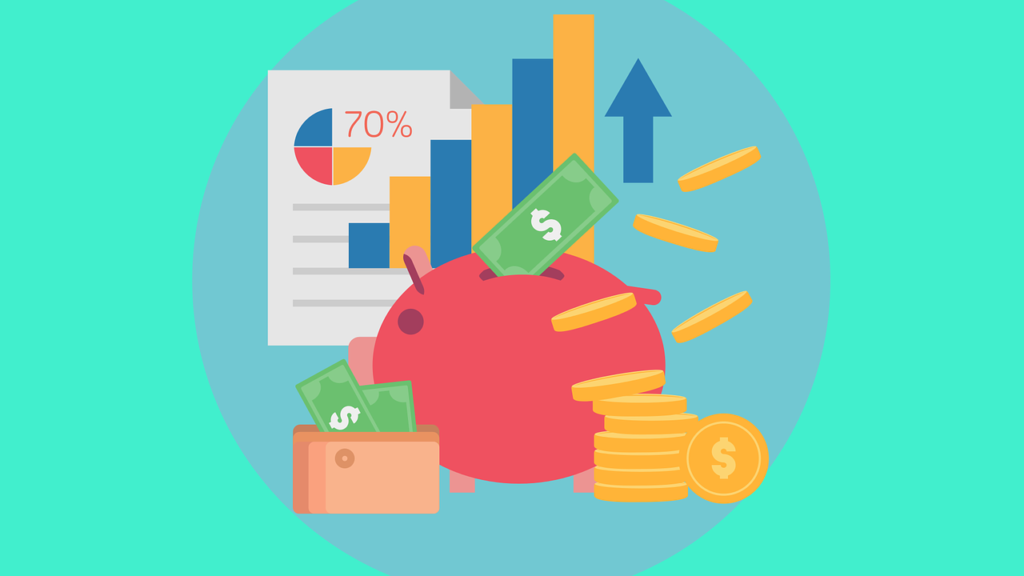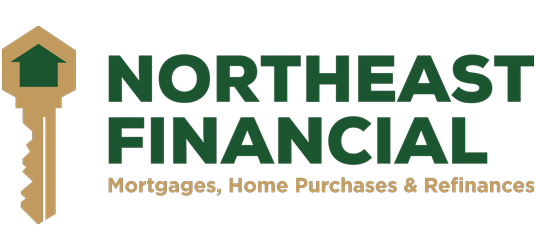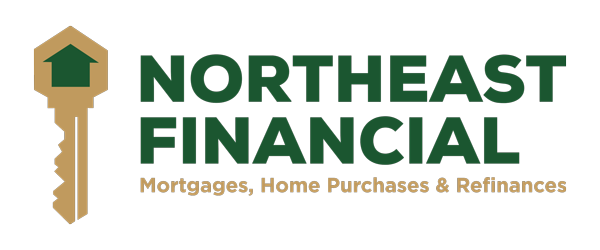
Your debt-to-income ratio, or DTI, is an important personal finance measure that compares the amount of money you earn to the amount of money that you owe to your creditors. This number comes into play when trying to line up financing to purchase a home because it is used to determine mortgage affordability.
Once financing has been obtained, few homeowners give the debt-to-income ratio much further thought but perhaps they should, as a change to income or addition of new debt can affect one’s ability to service existing debt.
Calculating Debt-to-Income Ratio
Calculating your debt-to-income ratio can be is easy, if you know how. There are two main ways to compute DTI depending on the particular debts and obligations included in the calculation.
The less-strenuous way to measure this ratio is to compare all housing expenses, which includes your mortgage expense, home insurance, taxes, and any other housing-related expenses. Once you have the total housing expense calculated, divide it by the amount of your gross monthly income.
For example, if you earn $2,000 per month and have a mortgage expense of $400, taxes of $200, and insurance expenses of $150, your debt-to-income ratio would be 37.5%.
The more precise measurement is to include the total amount of money that you spend each month servicing debt. This includes all recurring debt, such as mortgages, car loans, child support payments, and credit card payments.
When calculating this ratio, you generally don’t count monthly household expenses such as food, entertainment, and utilities.
Gross vs. Net Income
For lending purposes, the debt-to-income calculation is always based on gross income. Gross income is a before-tax calculation. As we all know, we do get taxed, so we don’t get to keep all of our gross income (in most cases). Because you can’t spend money that you never receive, the result is a somewhat aggressive picture of your spending ability.
Good and Bad Numbers
Your debt-to-income ratio tells you a lot about the state of your financial health. Lower numbers are indicative of a better scenario because less debt is generally viewed as a good thing. After all, if you don’t have debts to service, you will have more money for other things. Unfortunately, a high debt-to-income ratio often means that there aren’t extra dollars left at the end of the month.
So, what is a good debt-to-income ratio? Traditional lenders generally prefer a 36% ratio, with no more than 28% of that debt dedicated toward servicing the mortgage on your home. A debt-to-income ratio of 37% to 43% is often viewed as an upper limit, although some specialty lenders will permit ratios in that range or higher. Fannie Mae, in some cases, will back loans extended to borrowers with DTIs of up to 50%, for example, if they meet certain credit score and cash reserve requirements. And there are compensating factors such as a fantastic credit score or low LTV (loan-to-value) where a DTI over 50% is permissible by FHA.
The best ratio is as close to 0% as possible, a number that represents debt-free living. While everyone has bills to pay and most of us have at least some recurring debt, unless your income source is unlimited and guaranteed, a lower debt-to-income ratio is almost always better than a higher ratio.
Want to lower—that is, improve—your debt-to-income ratio?
Basically, there are two ways:
- Reduce your monthly recurring debt
- Increase your gross monthly income
Easier said than done, admittedly. Of course, you can also try a combination of the two.
Monitoring your debt-to-income ratio is a great way to keep tabs on your expenses and your buying power. Regardless of whether you earn $25,000 a year, $100,000 a year, or $1 million a year, your debt-to-income ratio provides a snapshot of your spending habits. It’s possible to have a small income yet, courtesy of good spending habits, and have a low debt-to-income ratio. It’s also possible to have a high income but poor spending habits, resulting in a high debt-to-income ratio.
In the end, it’s not how much you earn but how much you spend that makes all the difference.
The Bottom Line
Keep in mind that the more you add in debts, either through housing or recurring debts, the higher your ratio will be. The higher your ratio, the more likely you are to be in financial danger. To make sure you’re on the path to financial freedom, you can calculate this ratio each quarter to keep your finances moving in the right direction.
If your debt-to-income ratio doesn’t paint the picture of economic health that you’d prefer to see, you’ll need to take steps to improve the picture.

~Selena Boyts
Office: 844.788.7237 x2698
Cell: 719.306.9703
Email: selena@northeast-mortgage.com
NMLS#1946490

